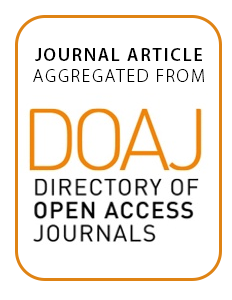Transdisciplinary Challenges for Sustainable Management of Mediterranean Landscapes in the Global Information Society
The present chaotic transformation from the industrial to the global information society is accelerating the ecological,
social and economic unsustainability. The rapidly growing unsustainable, fossil energy powered urbanindustrial
technosphere and their detrimental impacts on nature and human well-being are threatening the solar
energy powered natural and seminatural biosphere landscapes and their vital ecosystem services. A sustainability
revolution is therefore urgently needed, requiring a shift from the „fossil age“ to the „solar age“ of a new world

